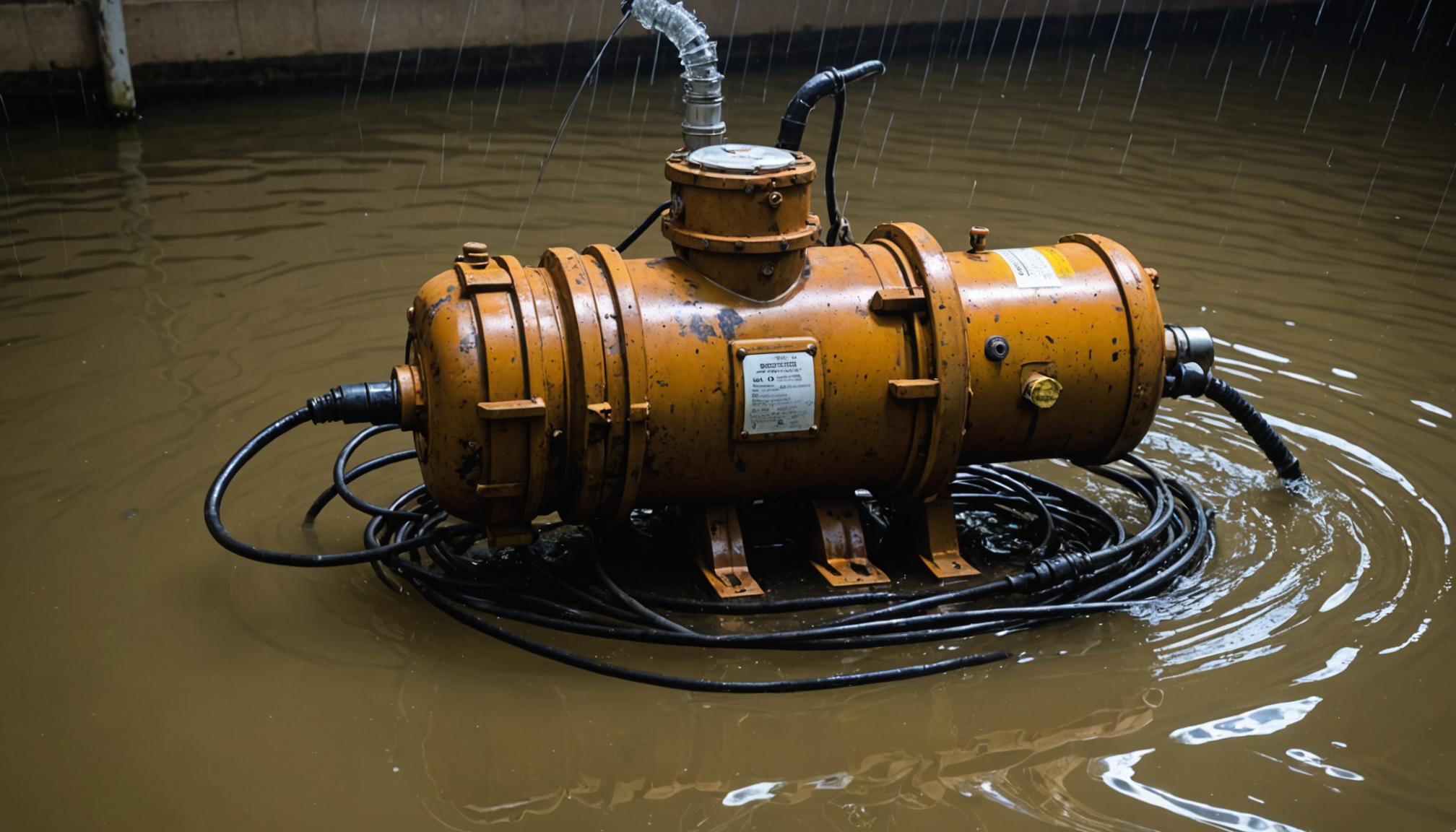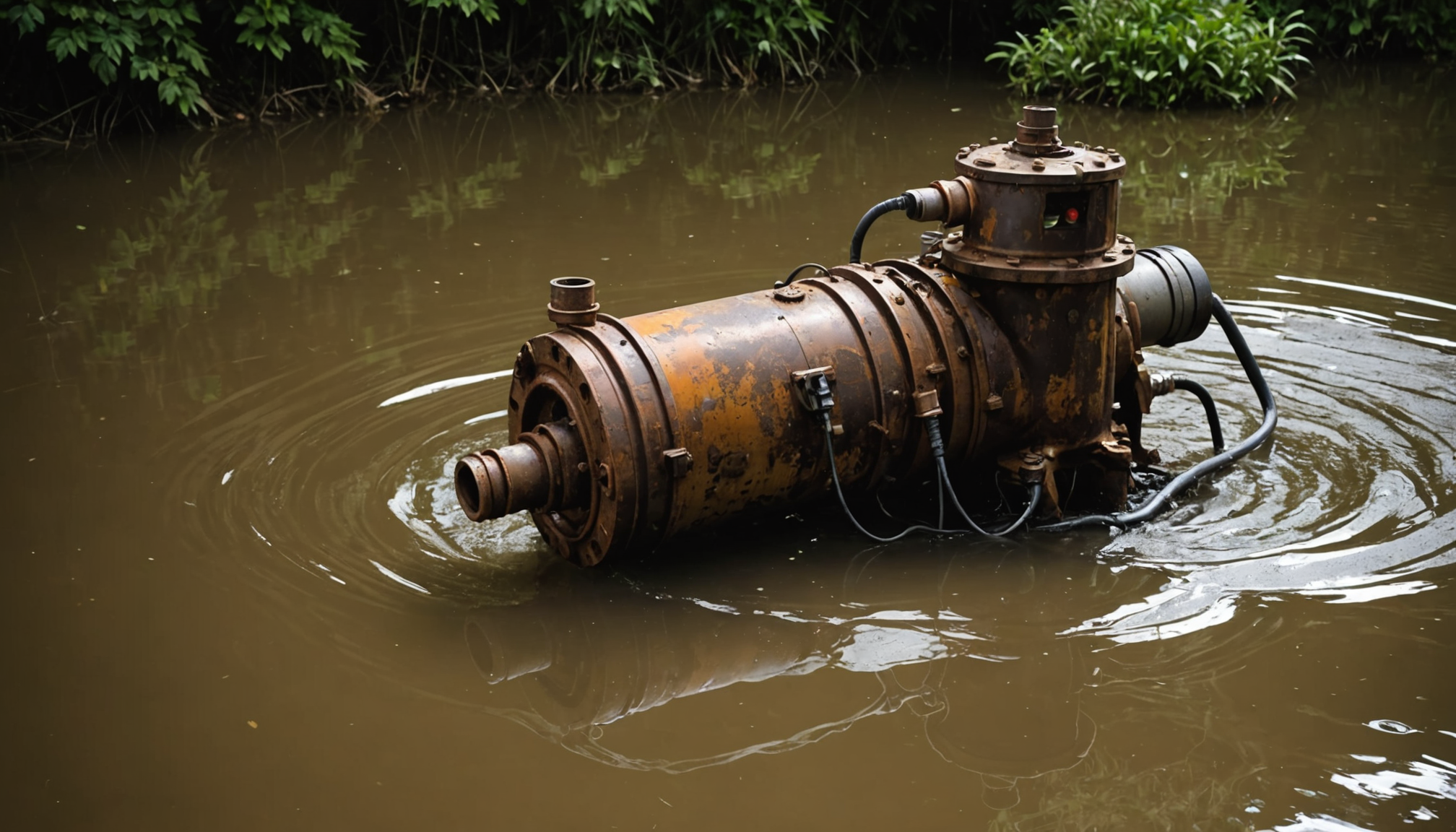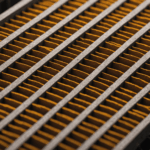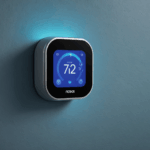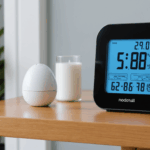After severe storms in Orlando, conducting a thorough assessment of your pool equipment is crucial before restarting any systems. According to the Florida Swimming Pool Association (FSPA), approximately 40% of pool equipment damage occurs during major weather events, making post-storm inspection a critical safety measure.
Begin by examining your pool pump, which is particularly vulnerable to flood damage. Check for any water intrusion in the motor housing and ensure the pump basket is free from debris. If you notice unusual sounds or burning smells when testing the pump, shut it down immediately and contact a certified technician. The National Weather Service reports that flooding affects over 60% of Orlando’s residential pools during major storms, potentially compromising electrical components.
Inspect these critical components in sequence:
- Power supply and electrical connections (look for exposed wires or corrosion)
- Pump motor and housing (check for water damage)
- Filter system (examine for cracks or displacement)
- Chlorinator and chemical feeders (verify proper mounting)
- Pool heater (look for debris impact damage)
- Control systems and timers (test for proper function)
Weather-related damage to pool equipment can be subtle. Studies by the Association of Pool & Spa Professionals show that 75% of storm-related equipment failures aren’t immediately apparent. Document any visible damage with photos for insurance purposes, and don’t attempt to operate equipment that’s been submerged until a professional has inspected it.
If your pool equipment was exposed to salt water during storm surge, immediate action is required. Salt water can accelerate corrosion by up to 10 times compared to fresh water exposure. Clean all accessible components with fresh water and contact a pool professional within 24 hours to prevent permanent damage to expensive equipment.
Central Florida pool experts recommend using a voltage detector before handling any electrical equipment, as water damage can create dangerous conditions. The American Red Cross reports that electrical hazards are responsible for 13% of post-storm pool-related incidents in Florida.
Testing water chemistry and clarity
After Orlando storms pass, testing your pool’s water chemistry becomes a top priority, as heavy rainfall can significantly dilute chemical levels and introduce contaminants. Research from the Florida Department of Health indicates that storm runoff can alter pool pH levels by up to 25% and reduce chlorine effectiveness by 40%. Start by testing all crucial chemical parameters using a reliable test kit or digital tester.
Focus on maintaining these optimal chemical levels:
– pH: 7.2-7.6
– Free chlorine: 2-4 ppm
– Total alkalinity: 80-120 ppm
– Calcium hardness: 200-400 ppm
– Cyanuric acid: 30-80 ppm
Storm recovery efforts should include shock treatment with calcium hypochlorite to eliminate bacteria and algae that may have entered during flooding. Local Orlando pool maintenance experts recommend using a clarifier to help collect suspended particles that cause cloudiness. Monitor water clarity by checking if you can clearly see the main drain at the pool’s bottom.
Water testing should be performed at least twice daily during the first 72 hours post-storm, as chemical demands can fluctuate dramatically. The University of Florida Extension Service reports that pools in Orlando typically require 50% more chemicals during storm recovery periods compared to regular maintenance. If the water appears green or cloudy, increase filtration time and consider adding an algaecide.
- Test water chemistry every 12 hours during the first three days after a storm
- Shock treat the pool with 2 pounds of calcium hypochlorite per 10,000 gallons of water
- Use a pool clarifier to improve water clarity within 24-48 hours
- Document all chemical readings for proper treatment adjustment
Clearing debris and cleaning pool surfaces
After an Orlando storm, removing debris from your pool requires careful attention to prevent damage and maintain efficiency. Many homeowners make the mistake of rushing to clean their pools immediately after the storm passes, but waiting until any flooding subsides is crucial for safety. The Florida Pool Safety Council reports that 65% of pool surface damage occurs during improper post-storm cleaning attempts.
A common error is using regular household tools for debris removal. Instead, use proper pool cleaning equipment such as:
– Telescopic poles with attached nets
– Professional-grade leaf rakes
– Pool vacuum heads designed for heavy debris
– Specialized brush attachments
Many people overlook smaller debris while focusing on larger items. Fine particles can settle in corners and steps, potentially staining surfaces if left untreated. Statistics show that 80% of pool surface stains during storm recovery occur from overlooked organic matter.
Another frequent mistake is brushing the pool walls and floor too aggressively. This can damage the pool’s finish, particularly with gunite or plaster surfaces. Use steady, firm strokes without applying excessive pressure. Start from the shallow end and work towards the deep end, overlapping each stroke to ensure complete coverage.
Pool owners often fail to clean the waterline properly, where oils and debris create a stubborn ring. The American Pool Maintenance Association notes that 70% of post-storm surface problems start at the waterline. Use a specialized tile brush and approved cleaner to prevent this issue.
Avoid these critical mistakes:
– Draining the pool completely (can cause structural damage)
– Using pressure washers on delicate surfaces
– Allowing debris to settle for extended periods
– Skipping the skimmer basket cleanup
– Using household cleaning products not designed for pools
Take special care around pool lights, steps, and ladders, as these areas often accumulate hidden debris that can cause equipment problems if ignored. Regular skimming throughout the cleaning process helps prevent debris from sinking and becoming more difficult to remove.
For stubborn algae deposits, many homeowners mistakenly increase chlorine without proper brushing. Remember that mechanical removal through brushing is just as important as chemical treatment during storm recovery. Experts recommend spending at least 15-20 minutes brushing the entire pool surface before applying any chemical treatments.
Maintaining proper filtration systems
Regular maintenance of your filtration system becomes even more critical during Orlando storm recovery periods. Studies show that pool pumps typically need to run 50% longer than usual to handle the increased debris load and maintain proper water circulation. Start by inspecting your filter media – whether it’s sand, cartridge, or DE – for any storm-related damage or excessive debris accumulation.
For optimal filtration during recovery, adjust your pump’s running time based on these guidelines:
– First 48 hours: Run continuously if possible
– Days 3-5: Operate 18-20 hours daily
– Following week: Maintain 12-16 hours of daily operation
Backwashing becomes particularly important after storms, but timing is crucial. Wait until the pool water’s initial turbidity has settled to avoid overwhelming the filter. According to local pool maintenance experts, backwashing too early can reduce filtration efficiency by up to 30%. Monitor pressure gauges closely – a 7-10 PSI increase from normal operating pressure indicates the need for backwashing.
Pay special attention to these filtration components:
– Pump strainer baskets (clean multiple times daily)
– Filter pressure gauge readings
– Return jet flow strength
– Skimmer operation and water levels
– Multiport valve settings
Many Orlando pool owners overlook the importance of proper water flow through their filtration system. Ensure all valves are correctly positioned to maximize circulation. Poor circulation can create dead spots where debris and algae accumulate, leading to more significant maintenance issues.
Consider upgrading to variable-speed pumps if you haven’t already – they’re particularly effective during storm recovery periods and can reduce energy consumption by up to 80%. These advanced systems allow for better control of flow rates, which is essential when dealing with varying levels of debris and contamination.
Remember to clean your filter more frequently during this period. Cartridge filters may need cleaning every 2-3 days, while sand filters might require more frequent backwashing. The extra effort in maintaining your filtration system now will prevent more serious issues from developing and help restore your pool to its pre-storm condition more quickly.
Emergency pool safety measures
- How soon after a storm can I let my family swim in our Orlando pool?
- Wait until water chemistry is balanced and visibility extends to the pool floor. Test water parameters and ensure proper chlorine levels (2-4 ppm) and pH (7.2-7.6) before allowing swimming, which typically takes 24-48 hours after proper treatment.
- What should I do if I find a dead animal in my pool after the storm?
- Remove the animal using a net while wearing protective gloves, then shock treat the pool with a double dose of chlorine. Run the filtration system for 24 hours and test water chemistry before allowing anyone to swim.
- Can I use my pool pump if it was partially submerged during flooding?
- Never operate a pump that has been submerged without professional inspection first. Electrical components can be severely damaged by water exposure, creating dangerous conditions. Have a certified technician evaluate the equipment before restarting.
- What’s the fastest way to clear up my cloudy pool water after a storm?
- Start with proper chemical balancing, including shock treatment and clarifier addition. Run your filtration system continuously for 24-48 hours, maintaining proper chemical levels and regularly cleaning the filter.
- Do I need to drain my pool after severe storm flooding in Orlando?
- Complete draining is rarely necessary and can cause structural damage. Focus on removing debris, balancing chemicals, and running the filtration system. Only partial draining might be needed if the water is severely contaminated.
